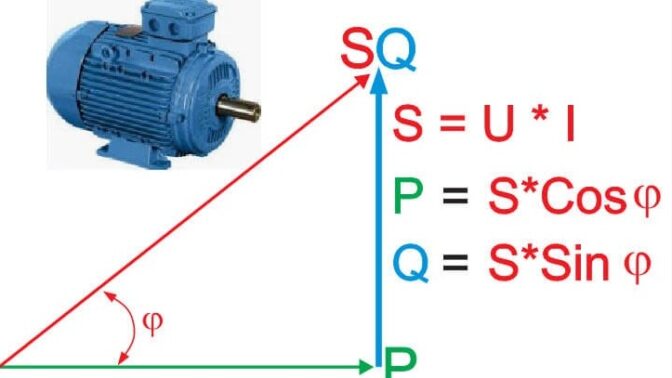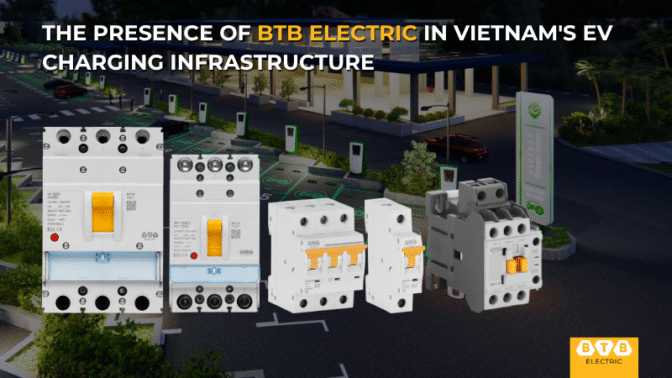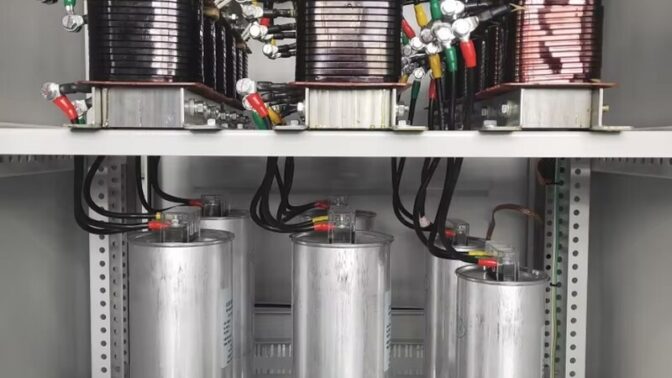24-12-2025
What is Contactor? Structure, principle of operation and use
Contactor is an electrical control device that is present in many dynamic circuits at construction sites, factories or large public buildings. Details about the structure, specifications, and application of the contactor will be summarized by BTB Electric in the following article.
What is Contactor?
A contactor is a low-voltage electrical switch, which is responsible for switching off and off the dynamic circuit. This is a key device in the system, helping to remotely control many other devices such as lighting systems, motors, and compensators.

Contactors outperform many conventional switchgear thanks to their fast switching, low power consumption, and high durability. As a result, this device appears a lot in complex structural electrical systems with high automation.
Differentiate contactor and magnetic starter
In Vietnam, contactor can be understood as magnetic starter and is widely used in electrical systems. However, in the world, the concept of contactor and word startup is relatively different. Contactor is still understood as a high-power circuit breaker in a low-voltage electrical system. A magnetic starter is a set of equipment including a contactor, a thermal relay and some accompanying components. The function of magnetic starter is to start/stop the motor, switch the circuit with the contactor and protect the motor against problems thanks to the thermal relay. Thus, the word startup includes an internal contactor, which means that the function and application are also larger than the contactor.
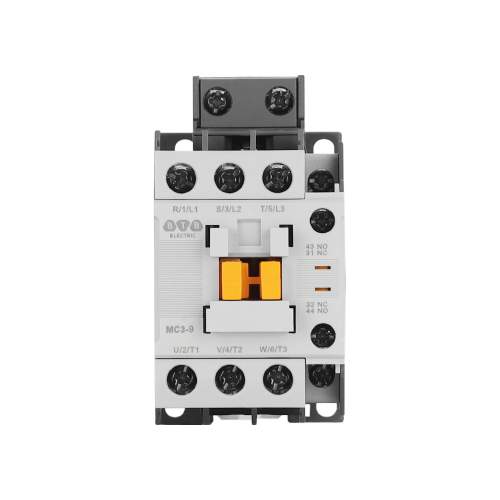 |
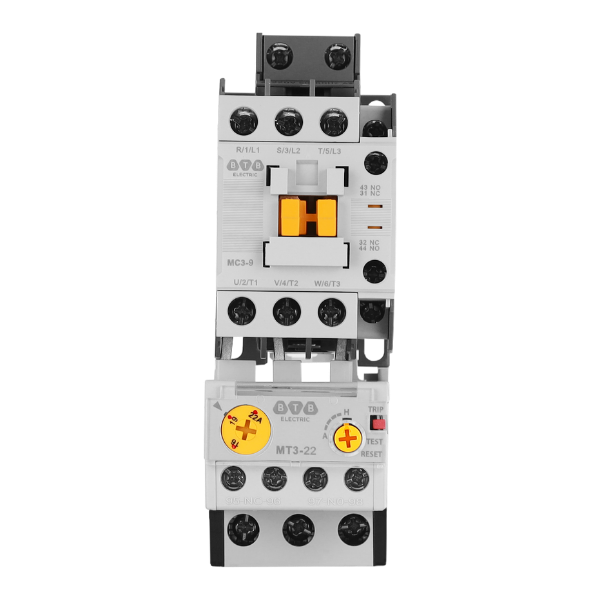 |
Structure of the contactor
The 3 main components in the structure of the contactor are the electromagnet, the arc stamping box and the contact system.
The electromagnet structure consists of a coil, an iron core, and a spring. The coil is used to create attraction for the magnet and the spring is responsible for pushing the resistance disconnect push button back to its original position.
The arc stamping box restricts the arc produced when the power is interrupted, causing fire and wear of the contacts.
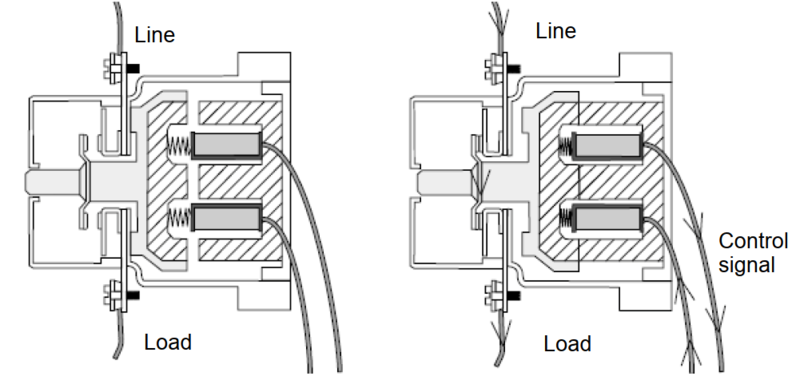
The contact system is linked to the mobile magnetic core through the interlocking unit, the structure includes
- Main contact: Installed in the dynamic circuit, allowing large currents to pass through, usually closed when supplying power to the magnetic circuit for the contactor.
- Auxiliary contact: Installed in the control circuit of the contactor, for the current < 5A to pass through the contacts, there are two states: closed (open) and open (closed).
Basic Contactor Specifications
The basic specifications of the contactor include:
- Rated Current: It is the current that the contactor allows to flow through the main contact system when the load circuit is closed without heating the device.
- Rated Voltage: It is the voltage specified on the main circuit.
- Ability to close and close in the following cases: This is the current level at which the contactor successfully switches off in both 1-phase and 3-phase electricity.
- Electrical Strength: It is the number of rated current shutdowns with a value of about 200,000 to 2.5 million shutdowns.
- Mechanical Strength: The number of shut-offs when there is no current through the contactor contacts with a value between 5 million and 25 million cut-offs
Contactor Working Principle
When current flows through the two ends of the winding wound on the magnetic core of the contactor with a value equal to the rated voltage value, a magnetic force is generated and attracts the cellular magnetic core, forming a closed magnetic circuit. At this time, the magnetic force generated is greater than the spring jet and the contactor is turned on.
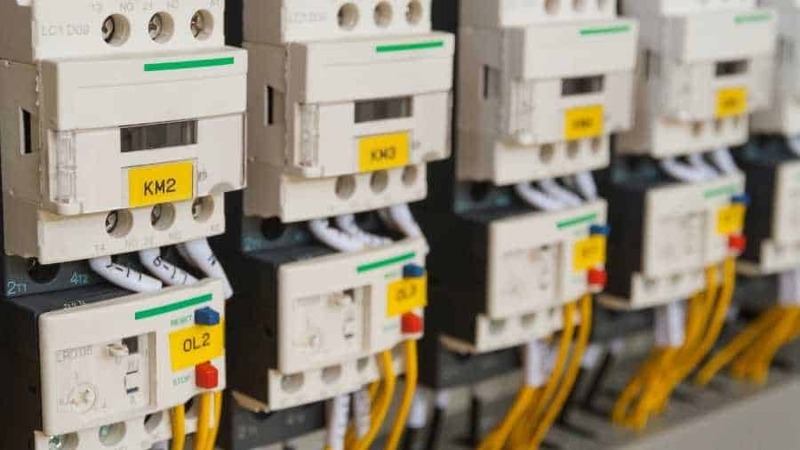
The interlocking unit links the contact system and the cellular magnetic core to cause the main contactor to close and switch the state of the auxiliary contact. When no current is applied through the coil, the contactor will disconnect and the contact will return to its original (normally open) state.
Thanks to the above operating principle, in the circuit, the contactor undertakes the following 3 main functions:
- Control of electrical equipment including lighting systems, motors, compensating capacitors,... with the push of a button, automatic and remote settings.
- Power system protection: Prevent risks to electrical circuits and electrical equipment when overload, short circuit or power supply instability.
- Combined with other power quality equipment such as thermal relays, power factor relays, compensating capacitors, switches,... helping to enhance current control and stability.
How to classify a contactor
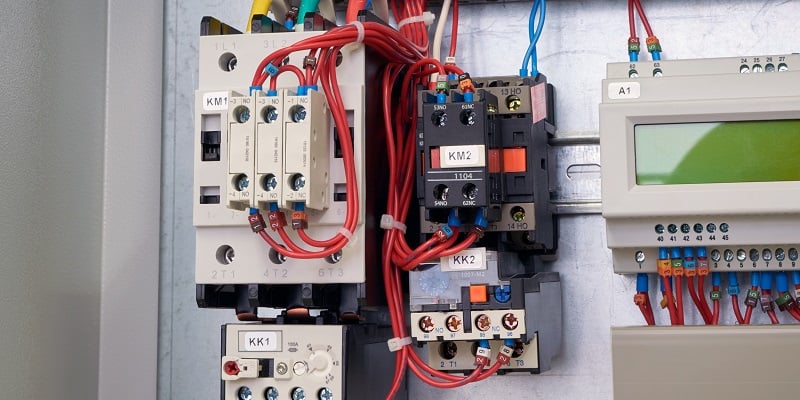
Based on the principle of operation, contactors can be divided into 5 types, including:
- Electromagnetic Contactor: Using an electromagnetic mechanism to close/open contacts, which is widely used today
- Aerodynamic contactor: Uses compressed air pressure to close/open contacts, which are applied to common but highly explosive environments
- Hydraulic contactor: Using hydraulics to control the closed/open contact, application in heavy industrial environment, large construction site.
- Semiconductor Contactor: Electronic semiconductors are used to open and close contacts, which are applied in environments that require high precision.
- Flame retardant contactor: Designed with high sensitivity, special structure for application to fire-prone environments such as oil and gas, chemicals, mines, metallurgy.
In addition, contactors can be divided according to current characteristics, rated current levels, number of poles, or the ability to integrate with other devices.
Application of contactor
With complex, medium-sized and larger power systems such as commercial centers, stadiums, construction sites, factories,... then using a contactor is essential. Especially in industry, a contactor is a device that controls motors and other electrical equipment. This solution helps to increase the automation of the production line, high stability, meet complex systems, reduce repair costs.
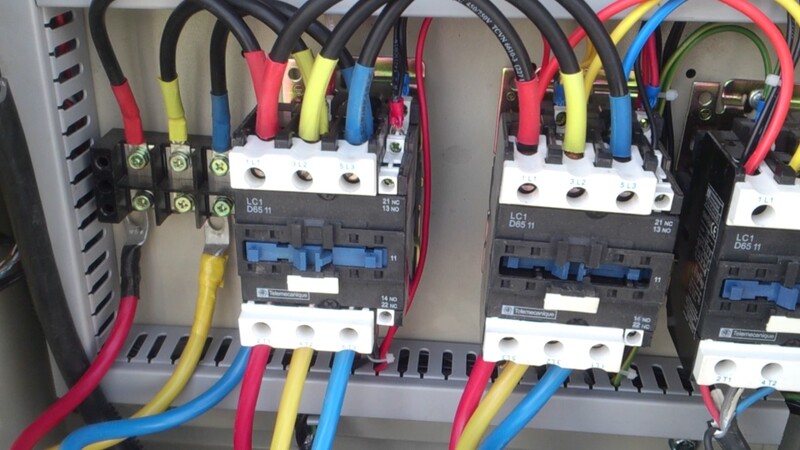
Applications of contactor include:
- Contactor combined with thermal relay to control the motor, directly power the starting motor, thermal overload protection.
- Star-triangle starter contactor flexibly changes the operating mode of the motor to reduce the starting current.
- The compensating capacitor control contactor helps to improve the reactive power compensation efficiency, protecting the compensating capacitor from damage.
- The contactor places the weight on the lighting control cabinet, combined with a time relay to close and shut off the power for the lamp at the specified time.
- Contactor combines phase protection relays, preventing the risk of phase loss, overvoltage, undervoltage, phase deviation, and loss of neutrality,...
Contactor Selection Guide
Contactors are highly flexible when they can combine many electrical devices, applications for many specific cases, but also have characteristics that are specific to each of those applications. Therefore, when choosing a contactor, you need to base on the purpose of use and the accompanying specifications.
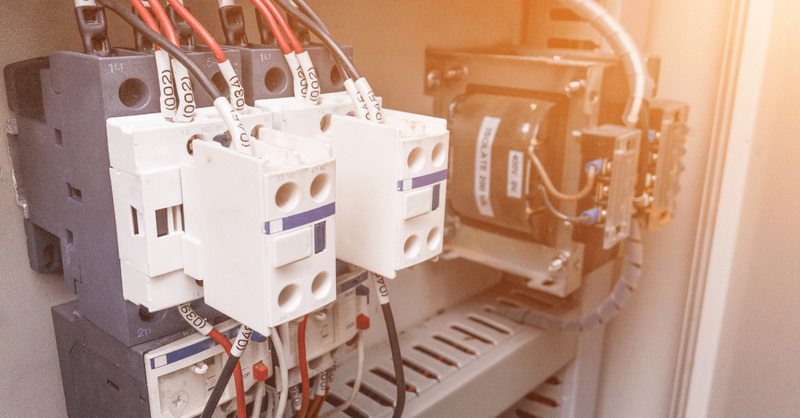
How to choose a contactor for the motor
The 3 basic parameters for selecting motor contactors are Ict, P and cosφ with the following formula:

Assuming a motor load of 3P – 380V, 4kW, cosφ=0.8, the contactor power will be calculated as follows:

If you need to select a contactor that is larger than the calculated current level, you can choose the MC3-12A contactor from BTB Electric.

In addition, you need to choose a contactor with electrical strength and mechanical strength that is suitable for the frequency of use and the working environment.
How to choose a contactor for a capacitor
When choosing a contactor for a compensating capacitor, it is necessary to rely on the rated current of the compensating capacitor. For example, there is 1 3-phase capacitor 415V, 30kVAr, the rated current is 42A. The contactor rated current is about 1.2 to 1.5 times greater than the rated current of the compensating capacitor, equivalent to the lowest level of 50.4A. Therefore, it is possible to choose the MC3-65A contactor from BTB Electric. Using a higher rated line is better but increases the cost and size of the contactor.
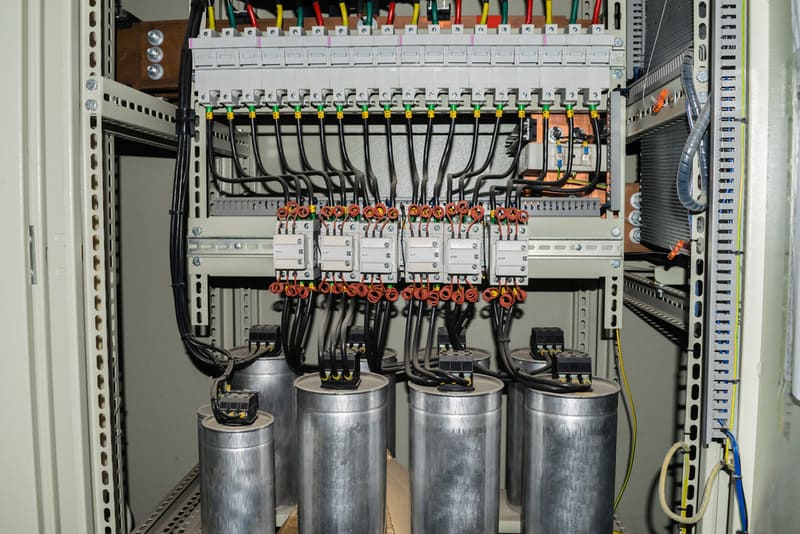
In addition, it should be noted to choose a contactor that can withstand high current when the capacitor is closed, has high electrical strength and mechanical strength, suitable for use.
BTB Electric contactor – a quality power shut-off solution
Contactors from BTB Electric are manufactured in accordance with IEC/EN 60947-1, IEC/EN 60947-4-1, UL 508, used for motor loads and capacitor control. This device has an optimized structure to be compatible with other industrial contactor lines. The material used for the contactor line is highly durable, resistant to abnormal temperature conditions.
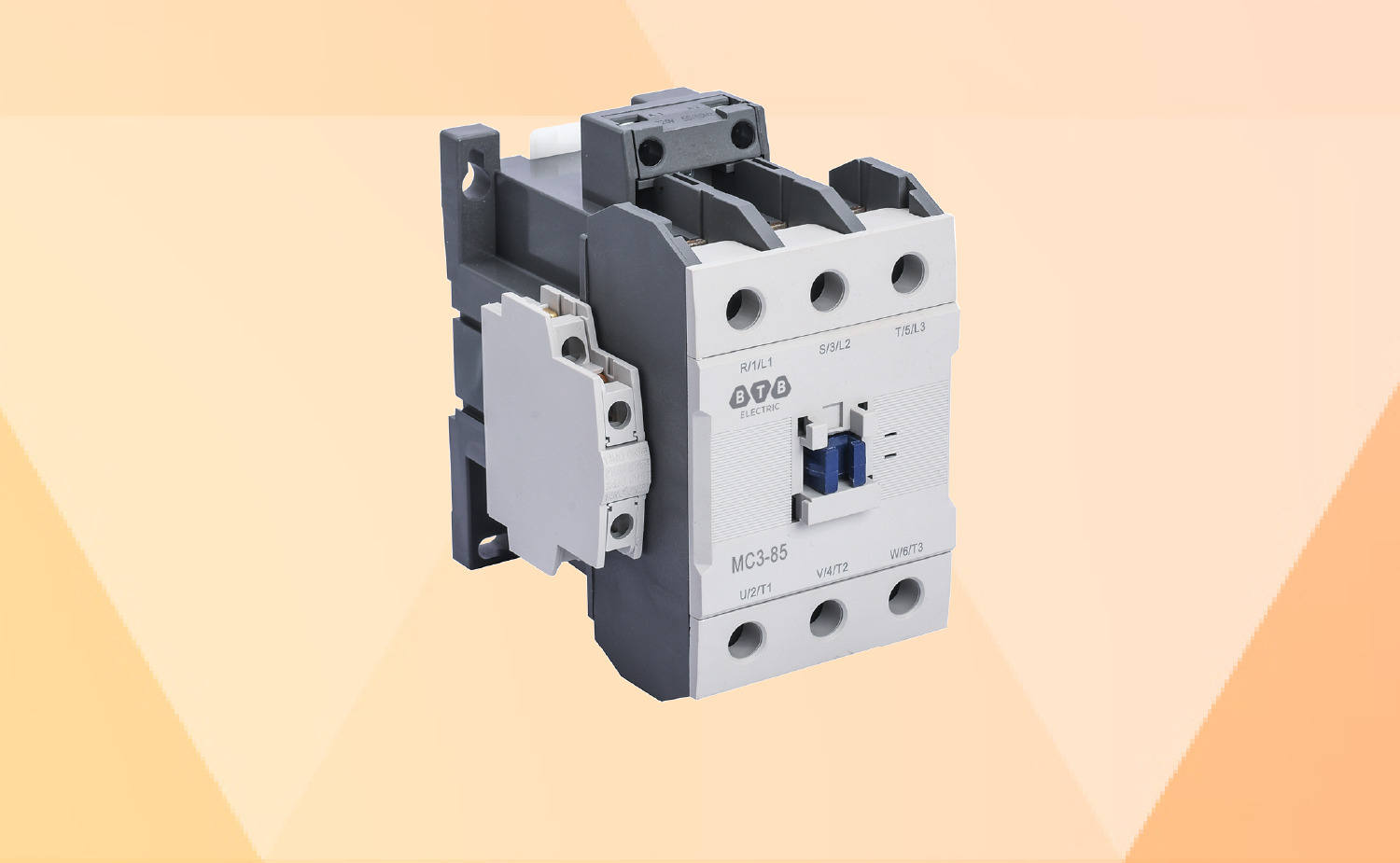
BTB Electric contactors have a wide rated current range from 9A to 800A, which is used in many voltage systems from 24V to 415V. On the other hand, we offer a wide range of auxiliary components that can be freely combined to use contactors for multiple purposes.
Notes on using contactors
To use contactors effectively and safely, some of the following notes will help you:
- Use the appliance properly and do not use it continuously to avoid causing interruptions. Avoid using the appliance too often or for too long.
- Limit the number of start-ups and disconnections in a certain period of time to avoid overloading the device.
- Install the contactor properly to ensure stable operation. Double-check the wiring and auxiliary equipment before connecting. Use high-quality accessories for the contactor.
- Place the contactor in a convenient location such as in an electrical cabinet, avoiding areas with high temperatures, humidity, and dirt,....
- Periodic contactor inspection and maintenance, replacement of broken parts, adjustment of supply voltage for suitable coils, cleaning and dehumidification of components, and reduction of load or enhanced cooling as necessary.
BTB Electric has just published a summary of information about contactors – indispensable equipment in industrial power systems. We have provided more information about this type of equipment at https://btb-electric.com/ website, please read it.

